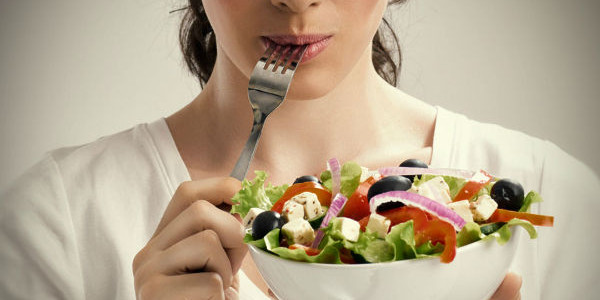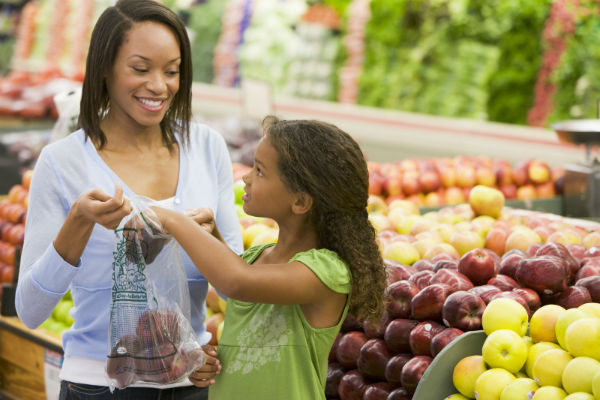For most people, breakfast means eggs. This is why a lot of new vegans get completely lost in the morning. I mean, you can only have cereal and almond milk so many times before you get tired. There are a lot of reasons to go vegan, from animal welfare to religion. But even if you and your family are not completely vegan, there are a couple of good reasons to start eating vegan meals once in a while. It will really reduce your carbon footprint, and you don’t even have to completely change your lifestyle. Just a couple of meals a week. If you want to feed yourself and your family a healthy, egg-free and completely vegan breakfast, you can try these recipes.

1. Vegan french toast
That’s right, you can make french toast with no eggs or milk. And it will still be delicious. Being vegan doesn’t mean you can’t enjoy some breakfast classics. You will need your favorite bread, around 4-5 slices, 1 cup unsweetened almond milk or your favorite non-diary milk, 1/2 tbsp agave nectar or maple syrup, 1 tbsp chia seeds, 1/2 tsp ground cinnamon, 1/2 tsp vanilla extract and any topping you like. Mix all the ingredients (except bread and toppings) in a large, shallow bowl or pan and place in the fridge for 20 minutes, to activate the mix and get the right consistency. Grease and preheat a griddle with medium heat. Dip each slice of bread in the mix (both sides) so it soaks it up and place in the griddle. Cook until golden brown, carefully flip it and keep cooking until both sides are golden. Plate and top with coconut whipped cream, fresh fruit, maple syrup or any other topping you like.
2. Savory vegan chickpea pancake
If you are not one for sweets but will still like to enjoy one breakfast classic, try out this savory vegan pancake. You will need 1/2 cup water, 1/4 cup finely chopped green onion, 1/4 cup finely chopped red pepper, 1/2 cup besan, chickpea flour or garbanzo flour. 1/4 tsp garlic powder, 1/4 tsp fine sea salt, 1/4 tsp baking powder, a pinch of freshly ground black pepper and a pinch of red pepper flakes. First, preheat a skillet over medium heat. Whisk together the flour, baking powder, salt, pepper, garlic powder and red pepper flakes in a small bowl. Add the water and whisk until there are no clumps. You really want to get some air bubbles in the batter. Stir in the chopped vegetables and spray some olive oil in the skillet. Pour the batter and cook for 5 minutes until you can easily slide a spatula underneath it. Flip it over and keep cooking until lightly golden. Serve on a plate and top with hummus, avocado cream, salsa or your favorite tipping.


















